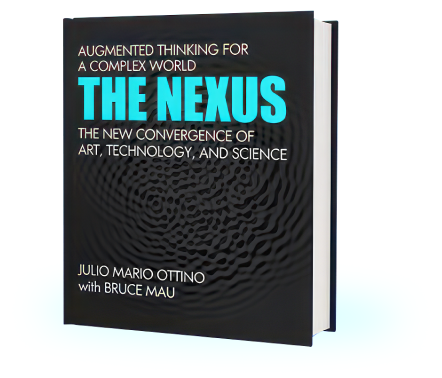A quick look at Nature or Science immediately shows how the role of images in science has increased over the past 20 years. It is now rare to find a research article that has no images. Indeed, it is hard to remember that colour is a relatively recent addition to scientific publishing. This increase in illustrations is undoubtedly due to the widespread use of computer graphics — images can readily be enhanced, modified and morphed. It is now relatively easy to draw figures with shadows and multiple reflections between mirror-like surfaces.
Although scientists may like to think they are immune to figures, this resistance may be a remnant of past thinking that has portrayed visual-aided arguments as less than rigorous. Physics and mathematics have been held as primary examples of domains where images play no role. But this view is far too narrow — visual imagination is a central element of scientific imagination1 . Seeing and representing are inextricably linked to understanding. Galileo’s sketches of the Moon (Fig. 1) are possibly the most celebrated example. But there is little doubt that the role of images has changed significantly since Galileo’s times. The question is, are we now getting ahead of ourselves?
